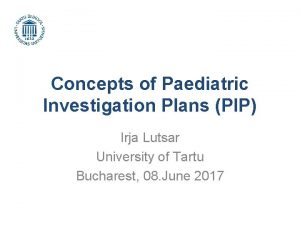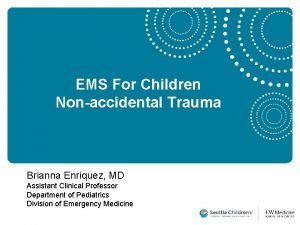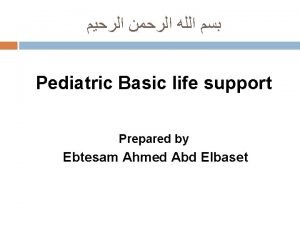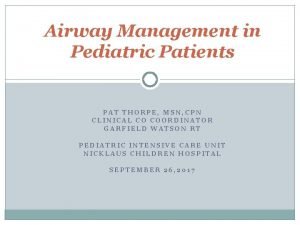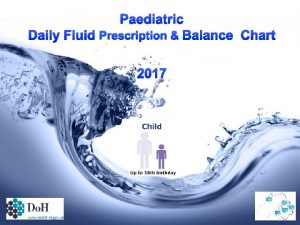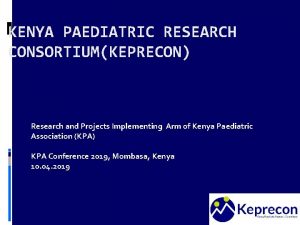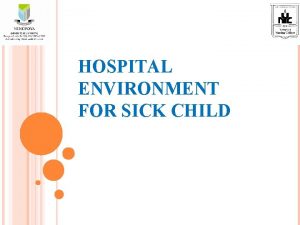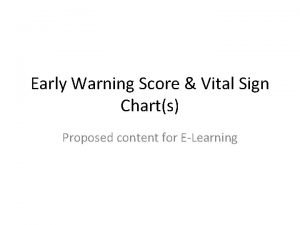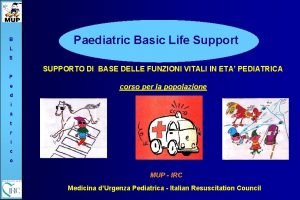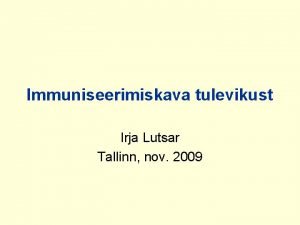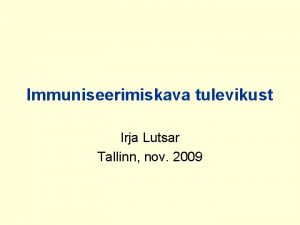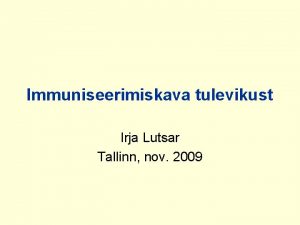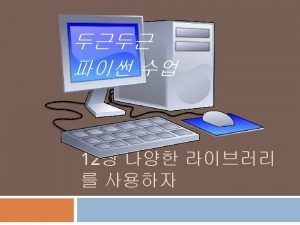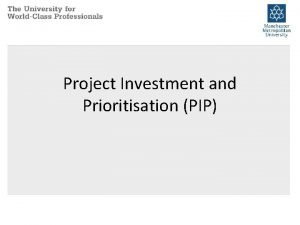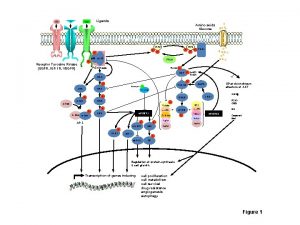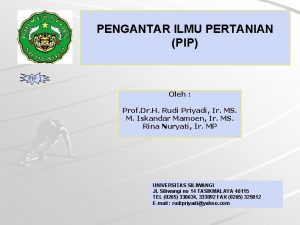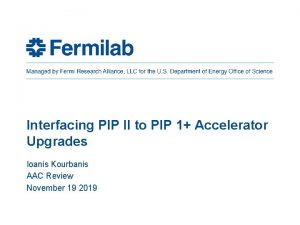Concepts of Paediatric Investigation Plans PIP Irja Lutsar



















- Slides: 19

Concepts of Paediatric Investigation Plans (PIP) Irja Lutsar University of Tartu Bucharest, 08. June 2017

Outline • • Paediatric Regulation Paediatric Investigational Plan Waivers and deferrals Performance of Paediatric Regulation

EU Paediatric Regulation • Entry into force January 2007 • Improve the health of children – Increase high quality, ethical research into medicines for children – Increase availability of authorised medicines for children – Increase information on medicines • Achieve the above – Without unnecessary studies in children – Without delaying authorisation for adults © EMEA

Paediatric Committee (PDCO) established in 26 July 2007 + alternates

Paediatric Investigational plan (PIP) • The aim of a PIP is to support the medicine’s authorisation in children • Should be developed for all new medicinal products • Responsibility of the applicant (e. g. pharmaceutical company) – Experts are often involved • Is discussed and agreed by the PDCO • Is binding to the applicant • Can be modified in agreement with PDCO

PIP decision tree: end of phase 1 Is there an unmet medical need? Yes No Pathomechanism is different from adults Full waiver Full paediatric development Pathomechanims is similar to adults Partial paediatric development PK studies Efficacy and safety PD based extrapolation Mechnism is unknown Toxicity is uncertain Deferral

Components of PIP: background • An overview of the available data for the medicine, including: • Brief description of the disease(s) • Justification of paediatric needs • Chemical information on the current formulation • Non-clinical and clinical study data in adults

Proposed strategy: preclinical • A description of any additional non-clinical studies - use of juvenile animals • Plans for a paediatric formulation (if required) – measures to adapt the medicine’s formulation to make its use more acceptable in children, – use of a liquid formulation rather than large tablets – novel formulations

Description of clinical studies (1) • PK studies – – SD or MD – Number of subjects – Dosing regimen – Stuggerred approach – Sampling schedule – PK analysis – conventional PK or pop. PK – How will be dosing derived – PD parameters

Description of clinical studies (2) • Efficay and safety studies – Study design • Single arm • Randomised trial • Single center or multicenter, location – Study population and numbers – Conduction of the study and Outcome measures – Statistical analysis – Follow-up measures (need for LT FU)


Outcome of PIP • Agreed PIP – positive opinion • Not-agreed PIP – negative opinion • Withdrawn PIP

Conditions for deferrals and waivers • Deferrals – In early stages of development when behaviour of drug in adults is unsure – Preclinical safety concerns – data should be generated in adults first • Waiver – Disease does not occur in children – There is no unmet medical need – Waiver is given to some paediatric subsets

Protecting children in research Children are a vulnerable population, legally incompetent to consent to clinical trials PIPs include: • Data & Safety Monitoring Board as standard requirement • Minimising pain, distress and fear • Control of Sampling (e. g. advocating sparse sampling where possible) • Modelling and simulation to avoid unnecessary exposure • Innovative (non conventional) methodology for design and analysis to limit the number of children included

Overview of PIPs with decision 400 350 300 250 Modification 200 PIP agreed Full waiver 150 100 50 0 2007 2008 2009 2010 2011 2012 2013 2014 2015 https: //ec. europa. eu/health/sites/health/files/paediatrics/2016_pc_report_2017/ema_10_year_report_for_consultation. pdf

0 Allergens Infections Oncology Endocrinology CV Haematology Immunology Neurology Vaccines Pneumology Dermatology GI Ophthalmology Psychiatry Neonatology Uro-nephrology Diagnostics Gynecology Transplantation Pain Orthopaedic Anaestesiology Number of PIPs per therapeutic area 2007 -2015 120 100 80 60 40 Completed 20 Agreed https: //ec. europa. eu/health/sites/health/files/paediatrics/2016_pc_report_2017/ema_10_year_report_for_consultation. pdf


Future directions • Speed up drug development – Innovative study design – Training for paediatricians – Reconsider need for staggered approach • Modelling and extrapolation • PIP is not end of paediatric drug development – Strategic trials should be conducted by academic consortia • Best treatment, optimal duration

The smallest ones are always left behind 20
 Irja lutsar cv
Irja lutsar cv Irja truumaa
Irja truumaa Criminal investigation lesson plans
Criminal investigation lesson plans Paediatric respiratory history
Paediatric respiratory history Paediatric assessment triangle
Paediatric assessment triangle Pediatric assessment triangle
Pediatric assessment triangle Paediatric et tube size formula
Paediatric et tube size formula Mallampati grad
Mallampati grad Tickles paediatric assessment
Tickles paediatric assessment Paediatric fluid chart
Paediatric fluid chart Keprecon
Keprecon Pc hpc pmh dh
Pc hpc pmh dh Dosage calculation formula
Dosage calculation formula Paediatric et tube size formula
Paediatric et tube size formula Suspension definition pharmacy
Suspension definition pharmacy Concept of pediatric nursing
Concept of pediatric nursing Hospitalization of sick child
Hospitalization of sick child Cewt chart 1-4
Cewt chart 1-4 Paediatric bls
Paediatric bls North thames paediatric network
North thames paediatric network
